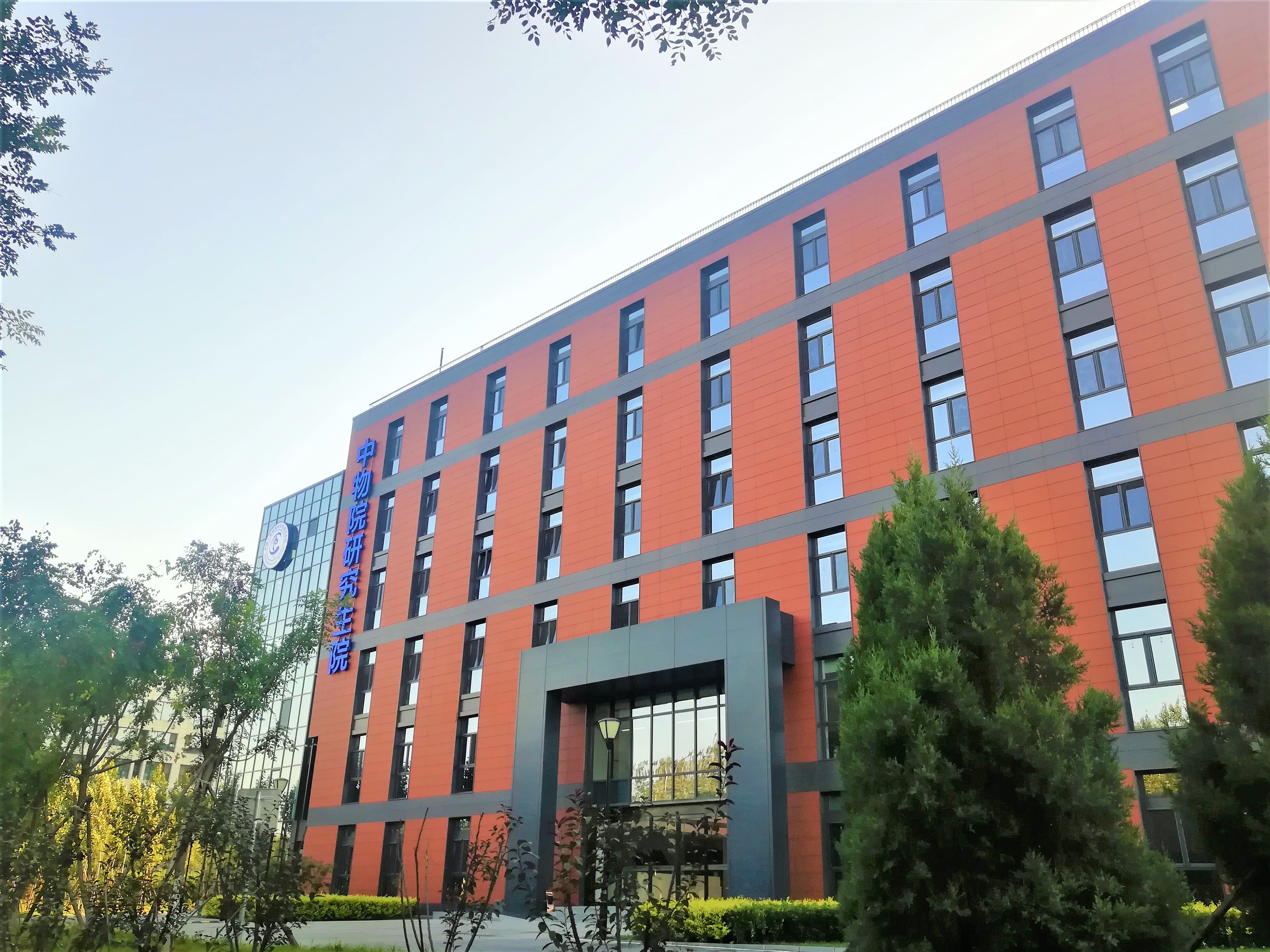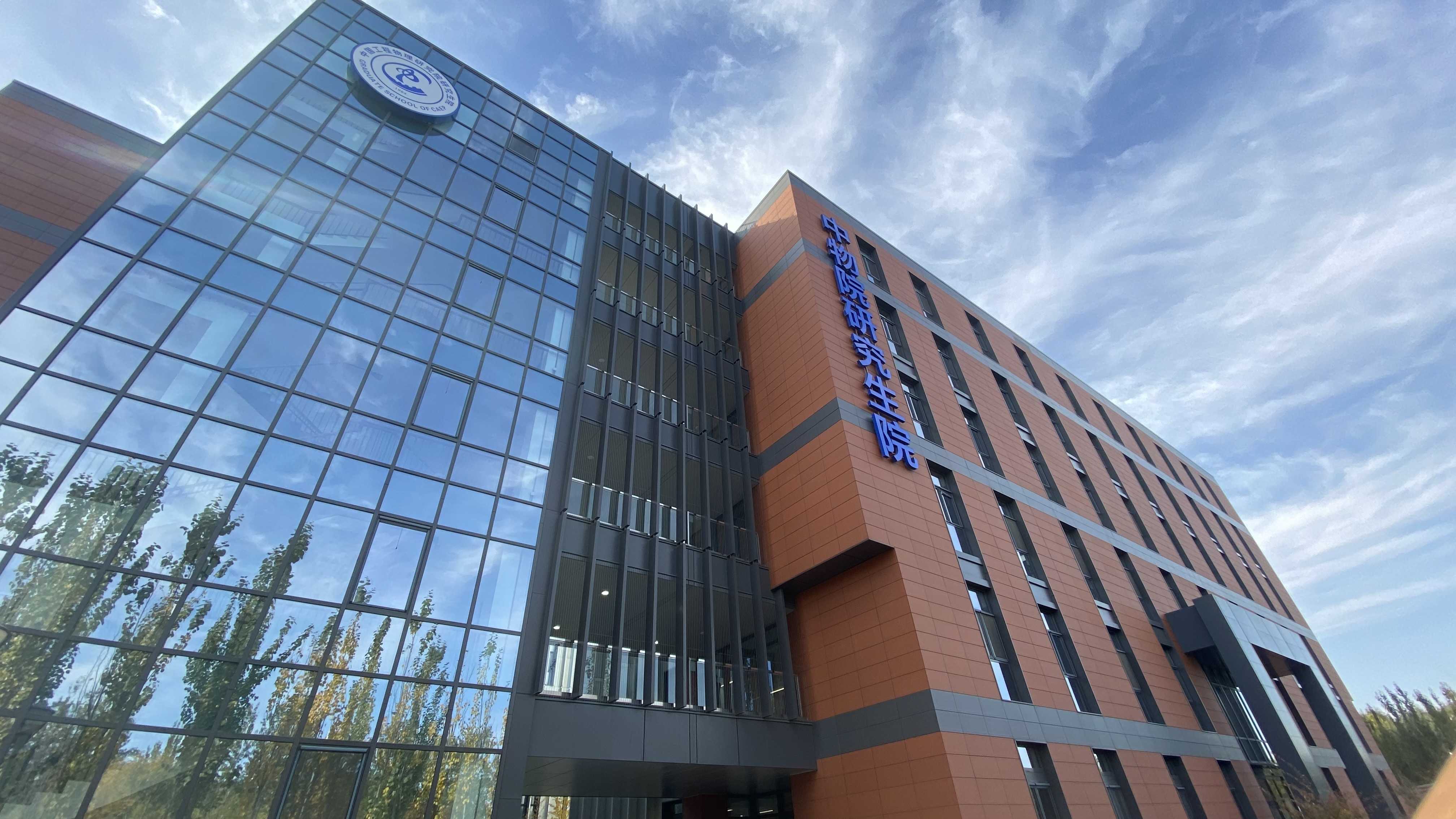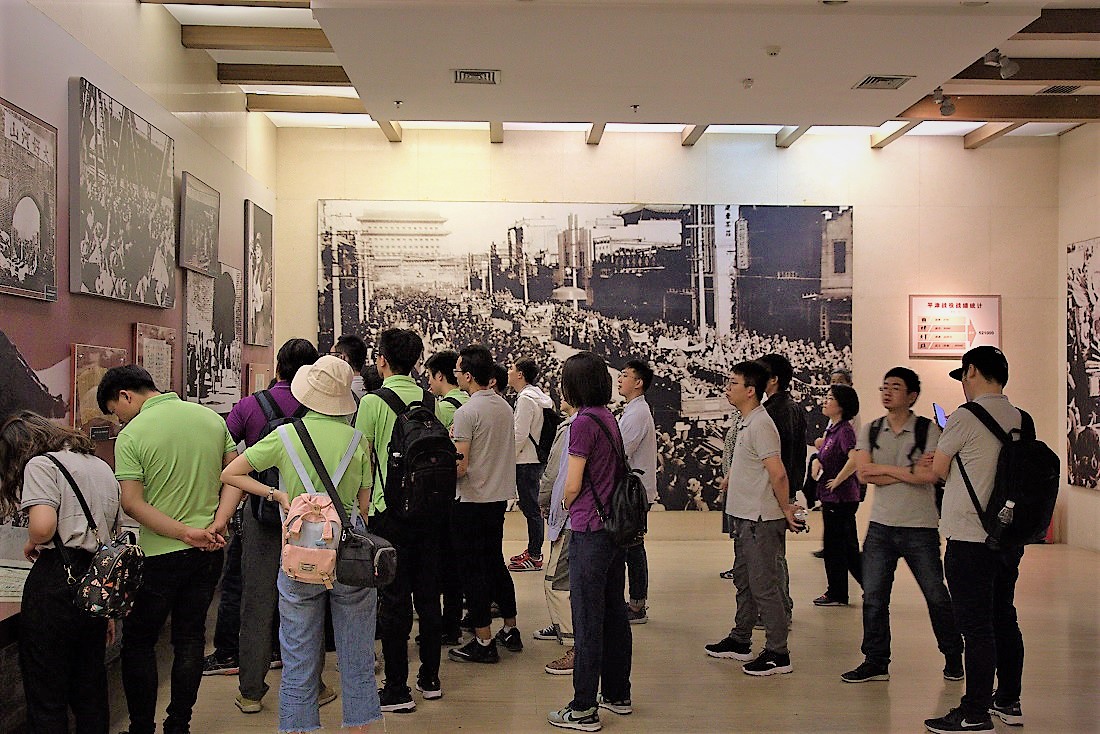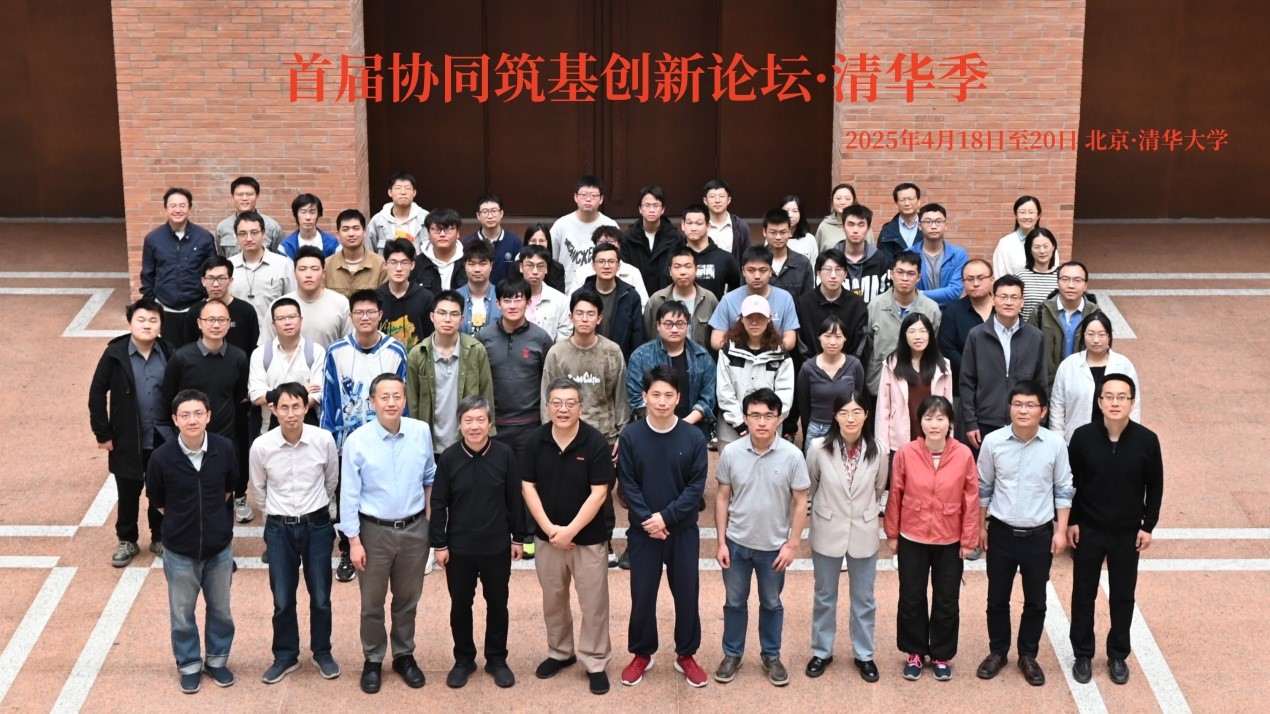














From April 18 to 20, 2025, the “Collaborative Foundation-Building Innovation Forum · Tsinghua Edition” was successfully held at Tsinghua University. The event was co-hosted by the Graduate School of China Academy of Engineering Physics (GSCAEP) and the National Key Laboratory of Low-Dimensional Quantum Physics at Tsinghua University. Over 90 scholars and students participated in the event, including Researcher Libin Fu, Deputy Dean (Acting Administrative Head) of the Graduate School, Professor Kaili Jiang, Director of the Laboratory, and Professor Li You, Deputy Director.
In his opening remarks, Professor Kaili Jiang warmly welcomed the attending experts and scholars. He briefly introduced the laboratory’s background and current research directions, and expressed the hope of establishing closer and more substantive research collaboration with CAEP. He emphasized the joint pursuit of a new paradigm in fundamental research breakthroughs driven by major national missions.
Researcher Libin Fu reviewed the historical connections and past collaborations between the GSCAEP and the Department of Physics at Tsinghua University. He noted that holding the inaugural “Collaborative Foundation-Building Innovation Forum” at Tsinghua University not only honors this legacy but also reflects shared aspirations for future collaborative innovation. He wished the forum a complete success.
During the presentation sessions, 20 speakers from CAEP and Tsinghua University shared cutting-edge developments and recent achievements in their respective fields. Topics covered included quantum computing, dissipative measurement, gravitational wave detection, and regulation of material states. Several presentations sparked enthusiastic discussions among participants, creating a rich academic atmosphere and yielding productive exchanges.
In addition to invited talks, the forum also featured poster sessions and laboratory tours, offering students valuable opportunities to showcase their research progress and broaden their academic horizons. Through a combination of talks, posters, and lab visits, the forum established a “multi-dimensional, all-encompassing, one-on-one” platform for in-depth academic exchange. It laid the groundwork for deepening and refining existing scientific collaborations, and contributed to CAEP’s goal of building a highly efficient collaborative innovation system characterized by “strong core, broad collaboration, and robust ecosystem.”
The Collaborative Foundation-Building Innovation Forum was initiated by the GSCAEP with the aim of enhancing the capabilities of CAEP’s fundamental research teams. Focusing on urgent national strategic needs, the forum seeks to establish a “one-on-one” deep dialogue mechanism between CAEP and universities or research institutes, thereby injecting new vitality into the advancement of China’s nuclear industry and national defense science and technology.

